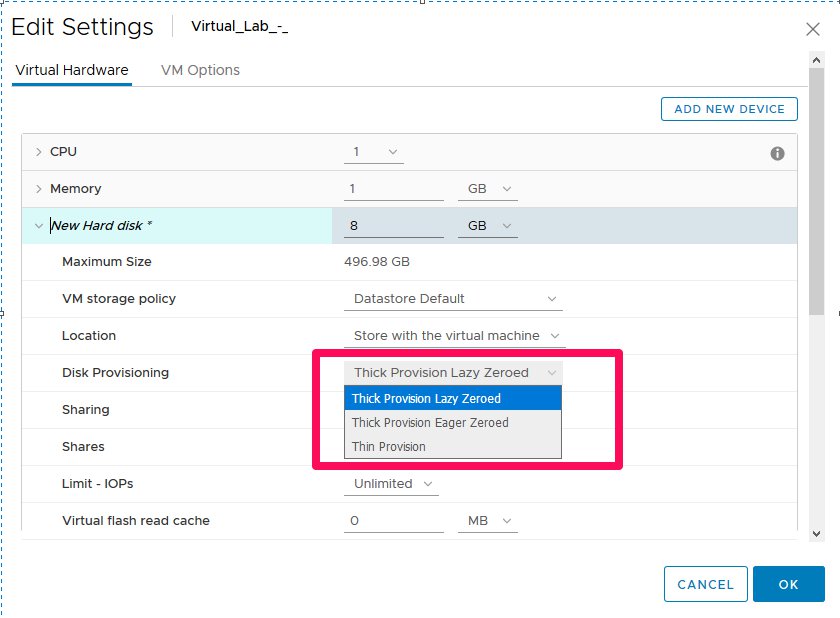Olá amigos, tudo bem?
Recentemente me deparei com um problema na replicação do Windows Server 2012 R2 aonde no momento de criar um grupo de replicação ocorria o erro: “Value does not fall within the expected range”. Este erro ocoria no momento de selecionar os servidores que seriam utilizados na replicação.
Mas esse erro não será o tema abordado desta postagem, mas sim como foi feito para contornar esse problema de forma rápida para recriar a replicação.
Sempre é bom ter um diagrama bem definido de como sua replicação está configurada, segue um exemplo:

Configurar um grupo de replicação:
Conforme abaixo estamos primeiramente criando o grupo techpoligroup, informando que o nome da pasta a ser replicada será a pasta publico, e por ultimo informaremos o nome dos servidores que vao fazer parte da replicação,srv01 e srv02.
New-DfsReplicationGroup -GroupName techpoligroup | New-DfsReplicatedFolder -FolderName publico | Add-DfsrMember -ComputerName srv01,srv02
Definir conexões e associação:
Neste exemplo, vou configurar a replicação bidirecional entre os dois servidores de arquivos do grupo. Será criado uma parceria lógica entre os computadores de origem e de destino. As parcerias são sempre bidirecionais, a menos que o parâmetro -CreateOneWay seja especificado.
Add-DfsrConnection -GroupName techpoligroup -SourceComputerName srv01 -DestinationComputerName srv02
Definir diretórios da replicação:
Finalmente, ativarei a replicação para as pastas em ambos os servidores usando o cmdlet Set-DfsrMembership, definindo o parâmetro -PrimaryMember como $ true para srv01. Um servidor deve ser designado como o membro primário para cada grupo.
Set-DfsrMembership -GroupName techpoligroup -FolderName accounts -ComputerName srv01 -ContentPath ’C:\shares\publico’ –PrimaryMember $true
Set-DfsrMembership -GroupName techpoligroup -FolderName accounts -ComputerName srv02 -ContentPath ’C:\shares\publico’
Bom amigos, qualquer problema estou a disposição.








